Anatomy Trains Myofascial Meridians for Manual and Movement Therapists eBook PDF EPUB
The new edition of this hugely successful book continues to present a unique understanding of the role of fascia in healthy movement and postural distortion which is of vital importance to bodyworkers and movement therapists worldwide. , Anatomy Trains: Myofascial Meridians for Manual and Movement Therapists will be ideal for all those professionals who have an interest in human movement: massage therapists, structural integration practitioners, craniosacral therapists, yoga teachers, osteopaths, manual therapists, physiotherapists, athletic trainers, personal trainers, dance and movement teachers, chiropractors and acupuncturists.
“There is a clinical relevance to this book that could change the thinking of most physiotherapists and encourage a more “whole body” approach to therapy.” Reviewed by: Sam Blanchard, Head of Academy Physiotherapy, Brighton & Hove Albion Football club. Date: Aug 2014
-
- Provides a revolutionary approach to the study of human anatomy which has been shown to improve the outcomes of physical therapies traditionally used to manage pain and other musculoskeletal disorders
-
- Describes a theory which is applicable to all common types of movement, posture analysis and physical treatment modalities
-
- Layout designed to allow the reader to gather the concept quickly or gain a more detailed understanding of any given area according to need
-
- Design icons direct readers to their own specialist areas of interest, e.g. manual therapy, movement therapy, visual assessment, kinaesthetic education or supplementary video material
-
- Appendices discuss the relevance of the Anatomy Trains concept to the work of Dr Louis Schultz (Meridians of Latitude), Ada Rolf (Structural Integration) and the practice of Oriental Medicine
-
- Text updated in relation to the most up-to-date research originally drafted at the International Fascia Research Congress, Vancouver, 2012
-
- Includes the latest evidence for the scientific basis of common clinical findings, including preliminary evidence from human fascial dissections
-
- Explores the role of fascia as our largest sensory organ
-
- Contains updates arising out of continual teaching and practice – for example, the role of the fascia and its interconnectivity in the generation of pain and/or force transmission
-
- New chapter discusses the role of Anatomy Trains theory in the analysis of gait

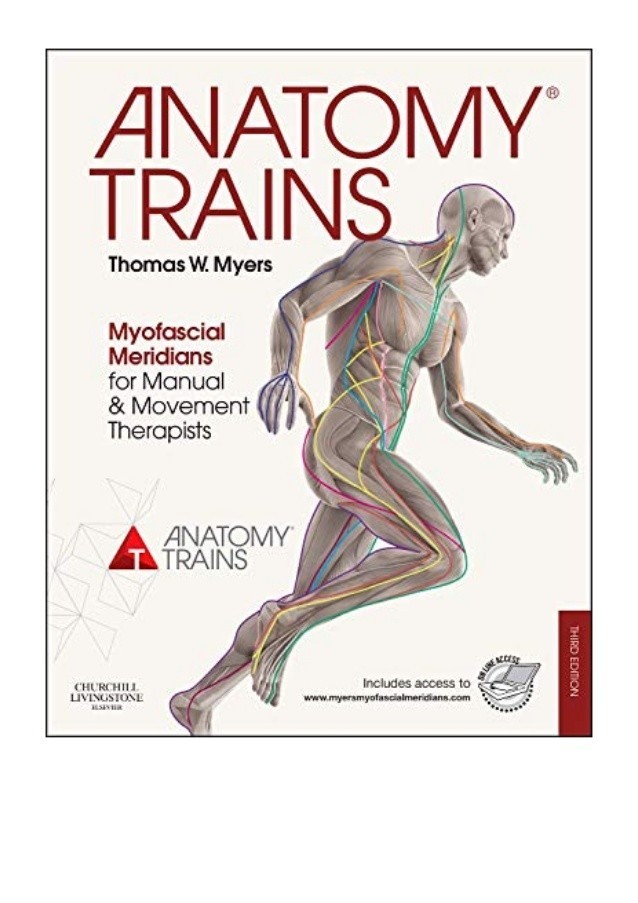

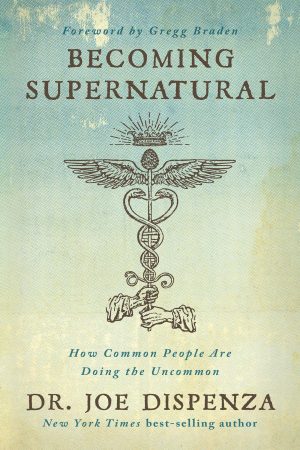
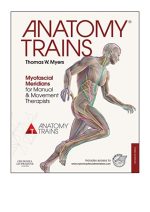
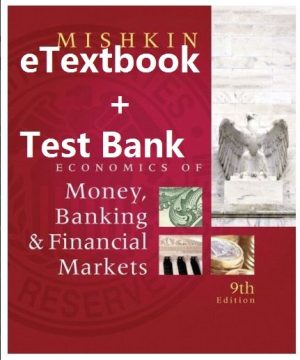
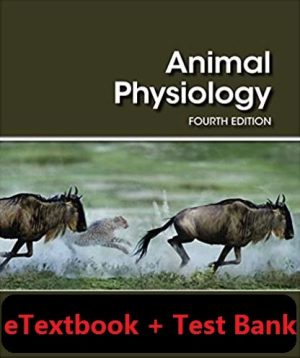
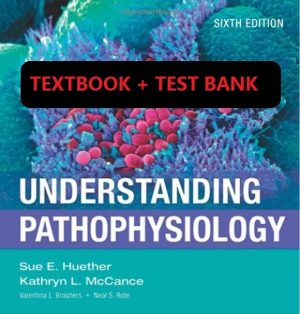
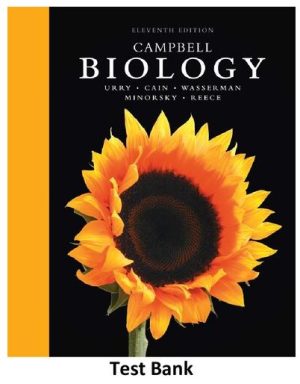
Reviews
There are no reviews yet.